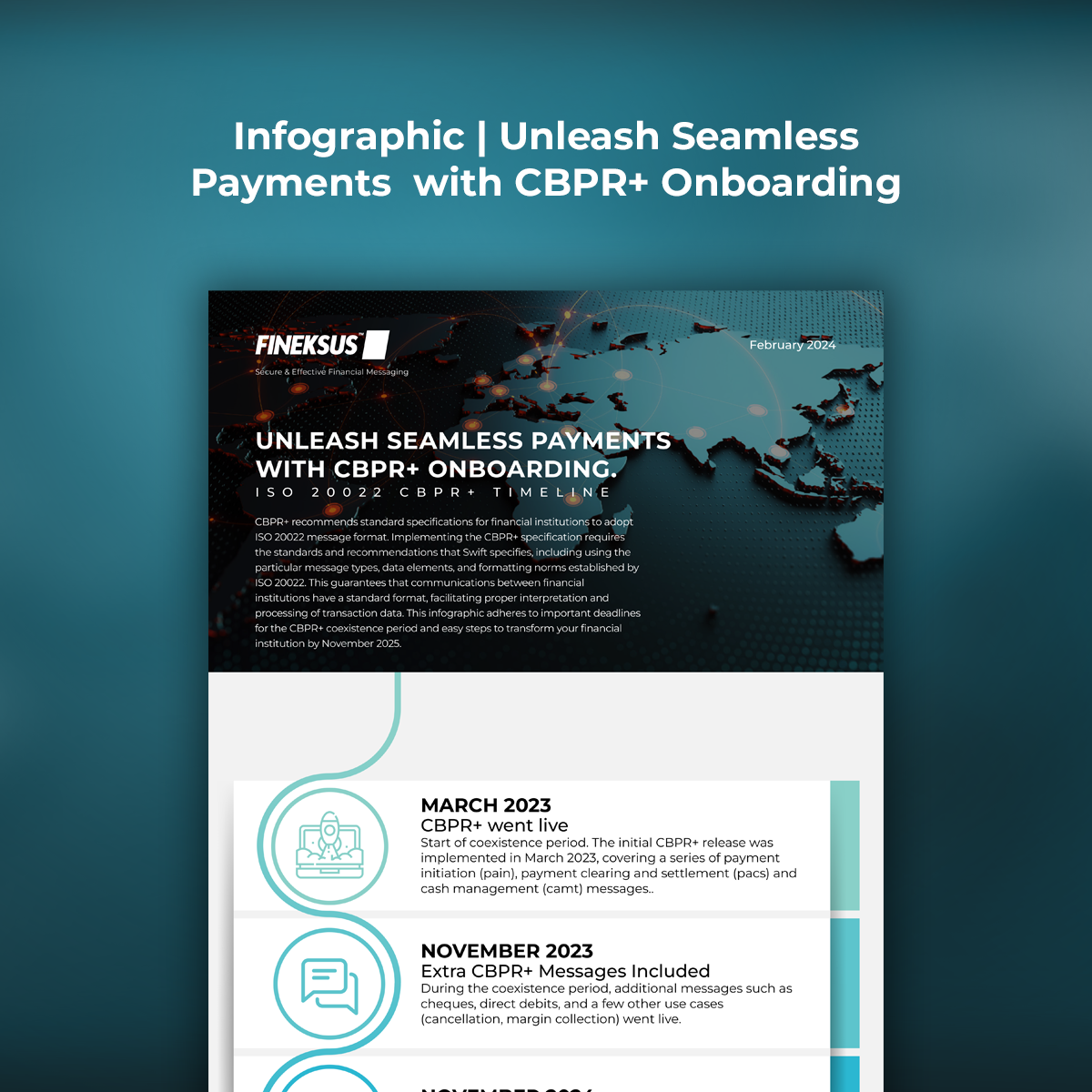
Customer Due Diligence Checklist & How Can You Improve CDD?
Customer Due Diligence (CDD) plays a vital role in risk management, providing a safeguard for individuals and businesses against potential engagement in illicit activities and financial crimes. Operating within the Know Your Customer (KYC) framework, CDD entails the identification of customers and the comprehension of their activities to evaluate risk. Enhanced Due Diligence (EDD) is imperative for high-risk customers who demand extra information to alleviate potential risks. Customer assessments determine the level of due diligence, integral to a robust risk-based compliance program. A five-step checklist has been curated for best practices, offering a roadmap to enhance CDD processes and strengthen overall compliance.
Verify Customer Identities
Before initiating business relationships, it is essential to conduct Customer Due Diligence (CDD) measures to proactively identify potential bad actors. Confirming the identity and location of potential customers and gaining a comprehensive understanding of their business activities allows the implementation of effective barriers, preventing financial criminals from accessing your system and preempting questionable activities.
This involves verifying basic information such as names and addresses, and considering the surge in online fraud, collecting additional information, or conducting extra identity checks is advisable. The verification process encompasses various details, including name, address, date of birth, telephone number, national ID number, identity documents, mobile network data, geolocation, selfies, live video, and third-party account verification.
For business customers, it becomes crucial to verify business registration numbers, company names, addresses, operational status, key management personnel, and the date of incorporation. Undertaking these measures is essential to align clients or customers with established risk profiles and ensure early detection and handling of identity theft and potential forgeries.
Evaluate Third-Party Sources
When vetting third parties, choose wisely, as the responsibility for Customer Due Diligence (CDD) measures ultimately lies with you, not the third party. Although relying on trusted third parties for CDD information is sometimes necessary, it’s crucial to ensure their standards align with your business. Taking a systematic approach to assess business relationships, anticipate exposures, and operationalize procedures is essential for proper compliance and risk management.
Secure Your Information
To secure customer data, categorize their risk level during authentication, then store the information digitally while adhering to strict legal requirements. Safeguarding personally identifiable information (PII) is essential not only for legal compliance but also to prevent reputational damage, highlighting the importance of a meticulous and comprehensive documentation process in Customer Due Diligence (CDD).
Implement Additional Measures
Beyond basic Customer Due Diligence (CDD), assess the need for Enhanced Due Diligence (EDD). Conduct ongoing evaluations, considering factors like location, occupation, transaction types, and padddyment methods. For businesses, identify connected entities, perform AML/KYC checks on Ultimate Beneficial Owners (UBOs), and screen against watchlists. This proactive approach ensures compliance with KYC and AML regulations, safeguarding your business from illicit activities and meeting specific requirements, such as EDD for politically exposed persons (PEPs).
Ensure Audit Readiness
Being ready for audits necessitates the secure storage of digital records detailing Customer Due Diligence (CDD) and Enhanced Due Diligence (EDD). Keeping these records in a digital format enables businesses to fulfill possible regulatory obligations, including external audits.
This documentation serves as a fundamental component of internal audit processes, allowing for the re-analysis of situations, risk reduction, and optimization of compliance procedures. The digital records act as a double-check for accounts that have undergone onboarding checks, contributing to a standardized and scalable compliance program. This systematic approach helps safeguard the company while ensuring adaptability and scalability.


